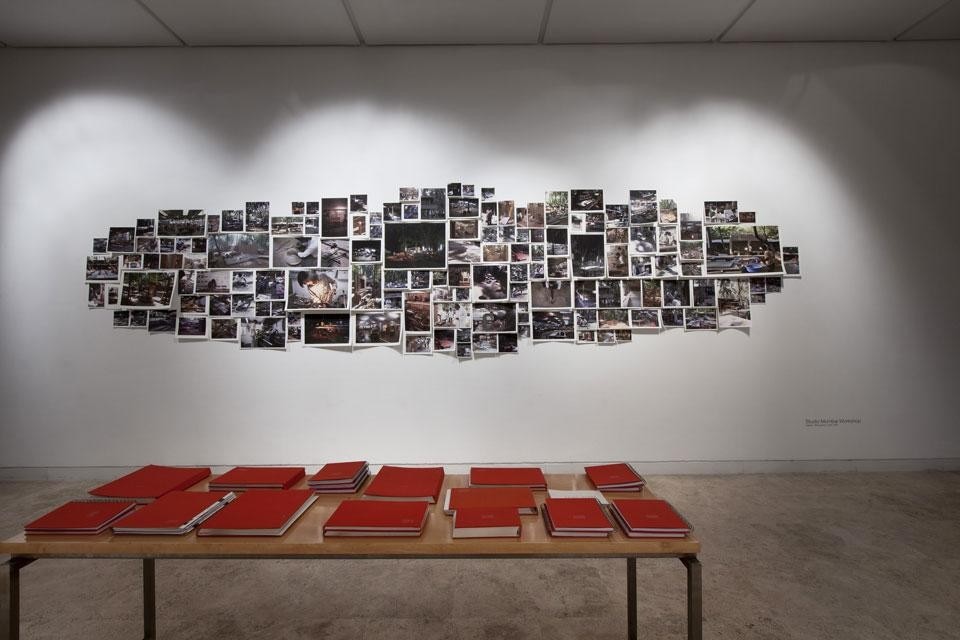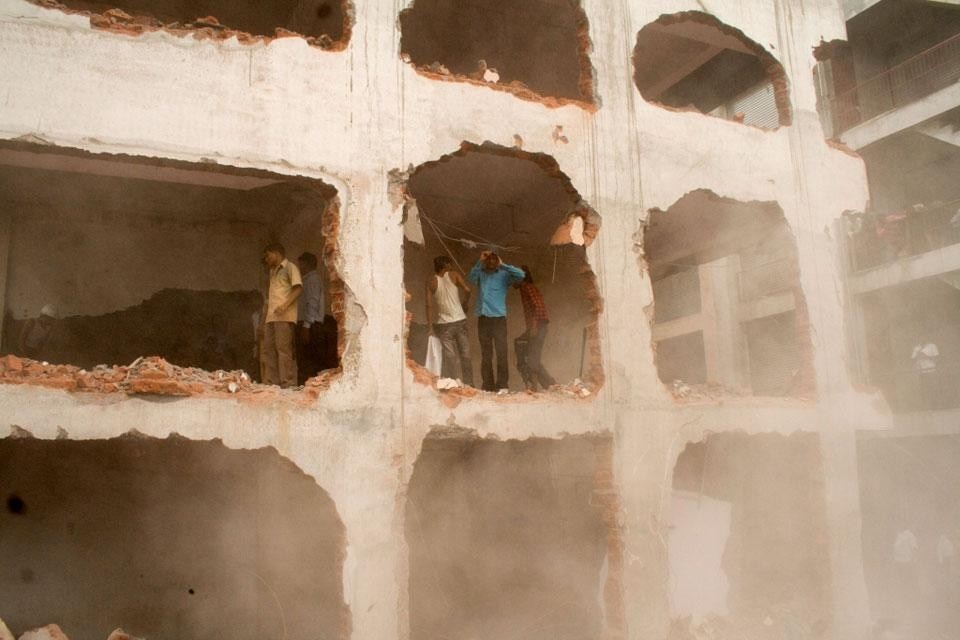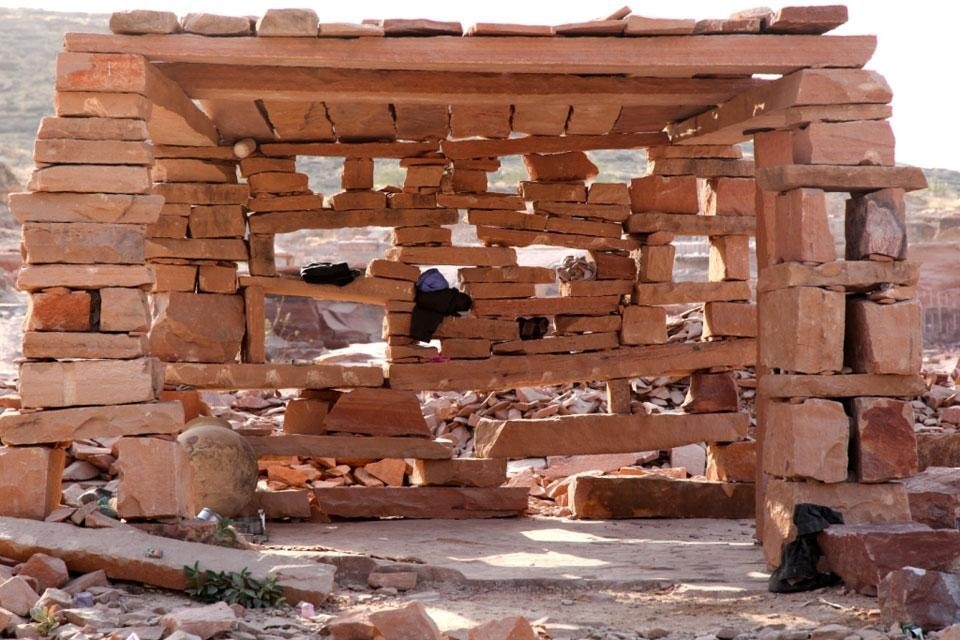The key question is whether this method is simply a consequence of the Indian context or might it also be applied in Europe. A comparable precedent is Rural Studio, founded by Samuel Mockbee in 1993 in rural Alabama, which builds experimental architecture for the local communities, aided by the students of Auburn University. Analysing the projects in terms of linguistic and theoretical consistency without being captivated by the process is an entirely different matter, however, and shows that what may appear "extraordinary" and interesting is not all to the credit of Studio Mumbai but also prompted by the weakness of today's architectural approach. A shallow appraisal of architectural phenomena by the critics leaves us spellbound before the "normality" of sketches, construction details, photographs and models that are simply design basics. In a world where we are numbed by the smart, cool language of the formerly up-and-coming Bjarke Ingels, who copies Koolhaas without possessing his theoretical clout, and the eccentricity of the increasingly inward-looking MVRDV, a correct approach clearly seems the exception.
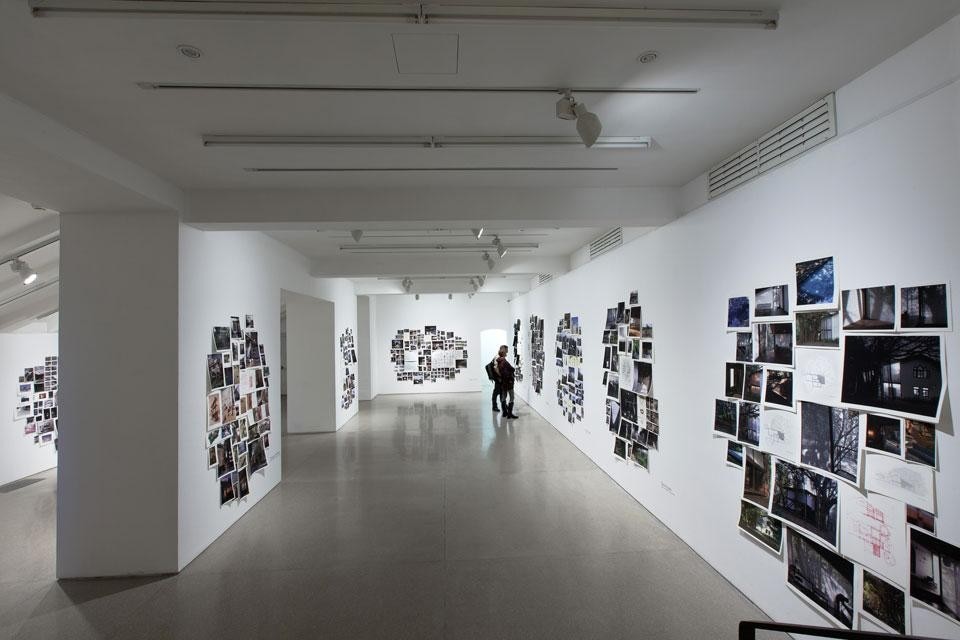
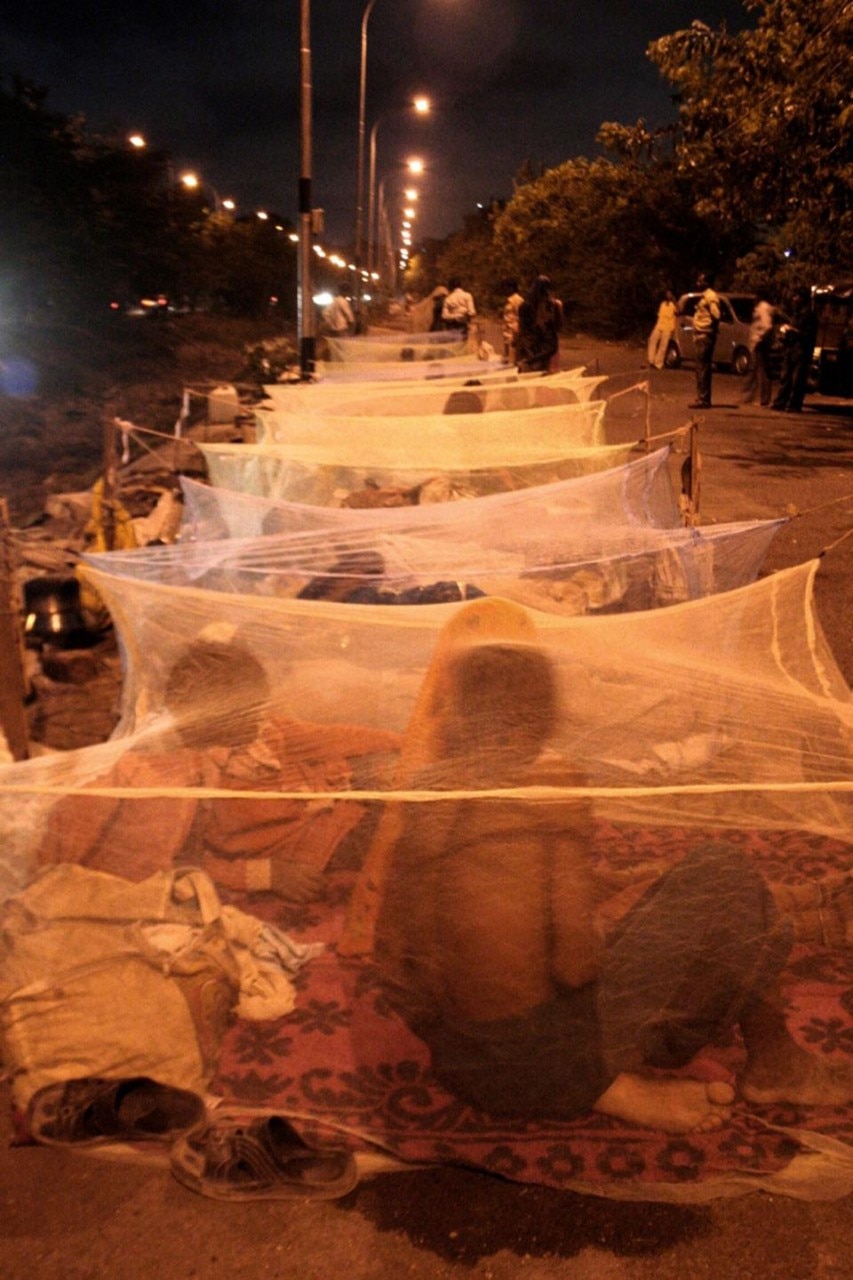
Despite the time Bijoy Jain spent with Meier, his real influence is Rudolph Schindler's Japanese-like architecture in Los Angeles, as too the Charles & Ray Eames house-studio in Pacific Palisades
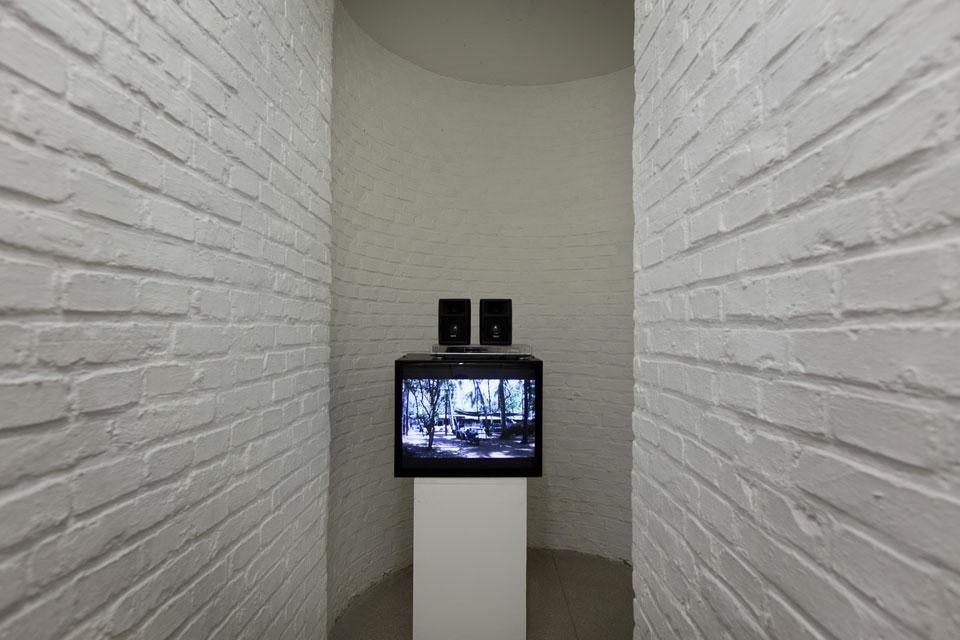
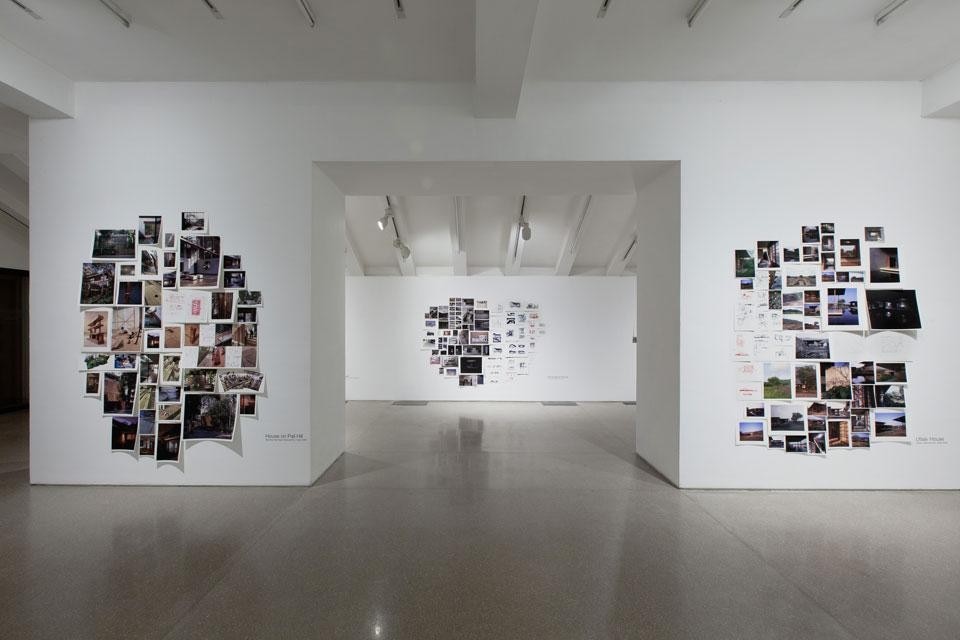
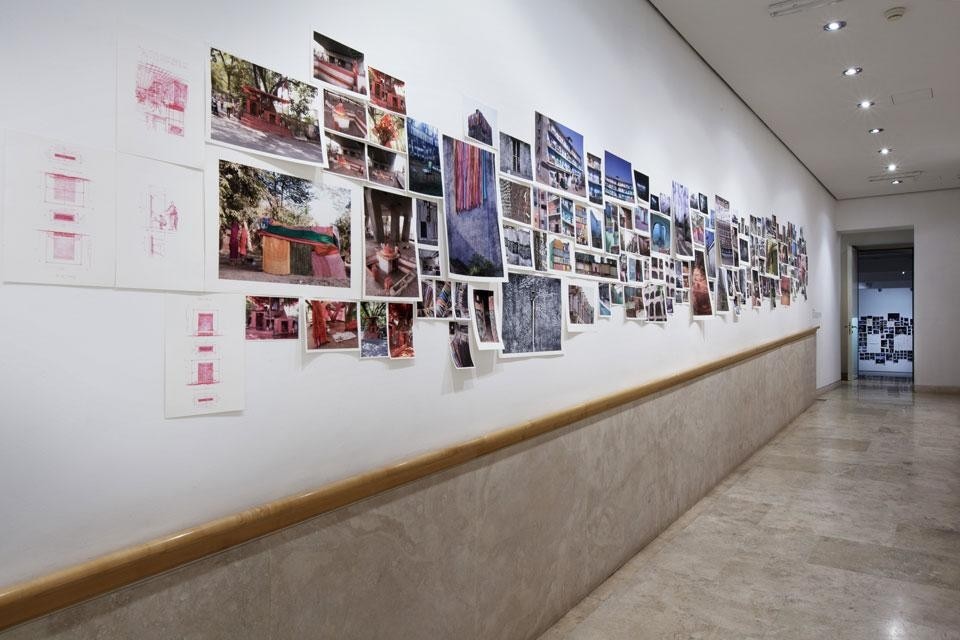
Studio Mumbai, Praxis
British School at Rome
Via Gramsci 61, Rome
